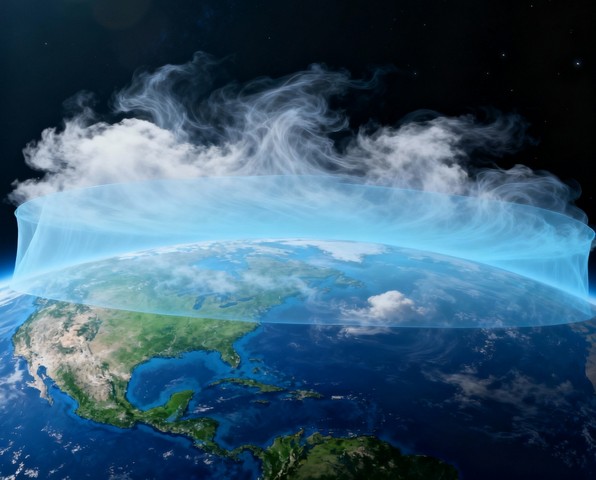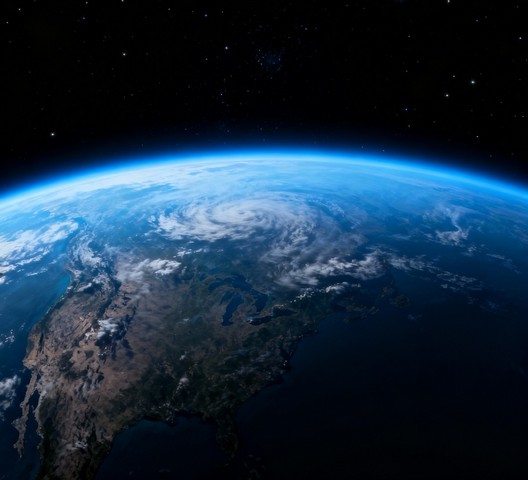The ozone layer is gradually recovering: new research

The ozone layer in the stratosphere protects the Earth by absorbing a significant portion of the sun’s harmful ultraviolet radiation. Today, there’s good news: this protective barrier continues to recover. In 2024, the ozone hole was smaller than it was between 2020 and 2023.
International treaties and their role
According to the World Meteorological Organization (WMO), the recovery of the ozone layer has been made possible by decades of international cooperation and emissions controls. On September 16, the WMO released a bulletin commemorating the 40th anniversary of the Vienna Convention, signed in 1980. This convention, supported by dozens of countries (today there are 116), became the foundation for global ozone layer research.
The next step was the Montreal Protocol of 1987, which required countries to phase out the production of substances that deplete the ozone layer.

Achievements of the Montreal Protocol
This agreement has eliminated over 99% of the production and use of controlled ozone-depleting substances, such as chlorofluorocarbons (CFCs) used in refrigerators, air conditioners, and aerosol sprays. The WMO estimates that if these measures are continued, the ozone layer could recover to 1980s levels by the mid-21st century. This will significantly reduce the risks of skin cancer and cataracts and mitigate damage to ecosystems from excess ultraviolet radiation.
The depth of the Antarctic ozone hole in 2024 was below the average for the period 1990–2020, which can be considered a major victory for the environment.
Expanding the fight against climate change
In addition to protecting the ozone layer, the international community has also made progress in the fight against global warming. The 2016 Kigali Amendment to the Montreal Protocol obliges countries to phase out hydrofluorocarbons (HFCs). These gases do not deplete the ozone layer like CFCs, but they do contribute to the greenhouse effect. The amendment has already been ratified by 164 parties, and it could prevent up to 0.5°C of global warming by the end of the century.

Forecasts for the future
According to WMO estimates for 2022, the ozone layer could return to pre-hole levels by 2066 over Antarctica, by 2045 over the Arctic, and by 2040 for the rest of the world. The next forecast update is planned for 2026. The international community must continue to limit harmful emissions to ensure these forecasts become a reality.





